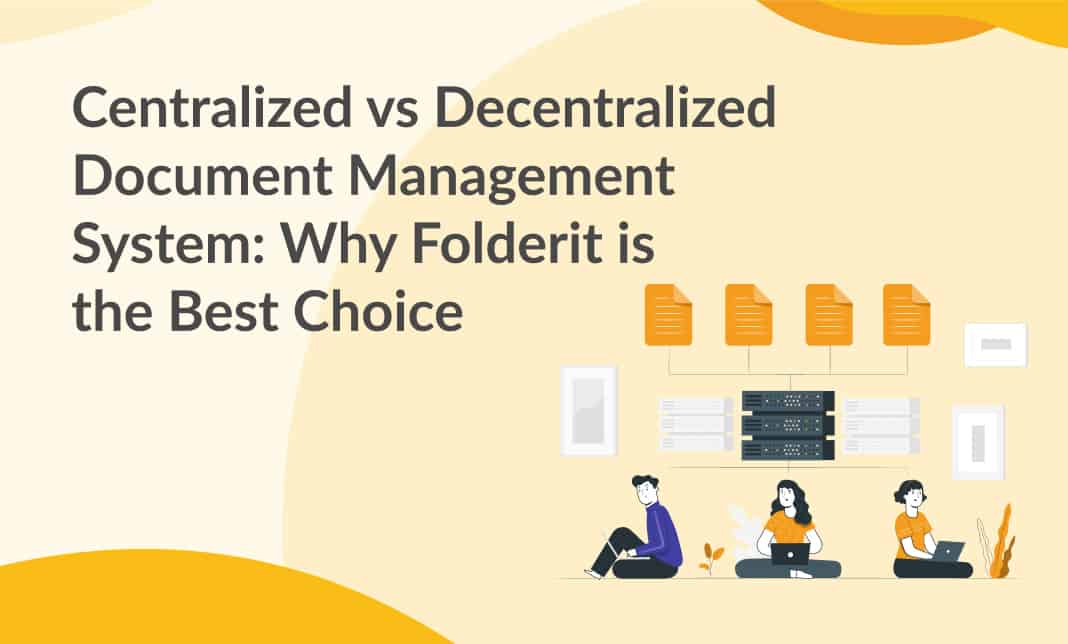Good Tips To Picking Storage Sites
Good Tips To Picking Storage Sites
Blog Article
10 Tips For Office Relocation Within The Context Of The Comprehensive Service Offering
Moving offices is more than just moving chairs and desks it requires the strategic planning, coordination and the use of specialized services. Here are 10 tips for a service that offers an array of options for office relocation.
1. Plan Specific Consultation and Planning
Have a meeting to learn about the client's timeline, budget and needs. Offer a custom relocation plan, that includes a timeline with milestones and estimates for the budget. A site survey is an effective way to identify potential obstacles such as access restrictions or equipment requirements.
2. Inventory Management and Space Planning
Organise and catalog office equipment, furniture, and equipment. This helps in efficient packing and ensures that nothing is lost or misplaced during the move. Space planning is available to improve the layout of an office, based upon workflow, employee requirements, and ergonomics.
3. Professional Packing and Unpacking Services
Use professional packing techniques and materials to ensure safe transport of office assets, including sensitive equipment like computers, servers, and sensitive documents. Unpacking is an excellent way to get your office operating quickly.
4. IT and Technology Relocation Services
Coordinate the relocation of IT Infrastructure, such as telecom systems, servers and datacenters. Be sure that systems are unplugged, moved, and then reconnected properly so that downtime is minimized. Provide IT and network installation services to make the new site ready.
5. Furniture Assembly and disassembly
Offer specific services like removal and relocation of office furniture. Included are cubicles, desks, chairs, conference tables and other specialized furniture. Safe handling of furniture is crucial in order to protect workers and the belongings they carry.
6. Comprehensive Moving Insurance & Risk Management
Moving insurance options can be used to protect against loss or damage during transit. Develop a risk mitigation plan to address any potential issues such as delays, damage or unexpected expenses.
7. Building Management: Coordination
Coordinating with the building's management in both the old and the new site is necessary to handle parking permits and reservations for loading docks and elevator access. To avoid delays or additional costs, make sure that the building regulations are in place.
8. Sustainability and eco-friendly practices
Implement sustainable practices like recycling furniture you don't want, reducing the amount of packaging waste and utilizing eco-friendly materials. Offer assistance for the donation or disposal of equipment, furniture and other objects environmentally friendly.
9. After-Move Assistance and Setting In Services
Post-move assistance is provided and includes resolving any issues that may occur. Provide assistance to employees settle in including the orientation process, furniture adjustments as well as IT assistance.
10. Support for Communication and Change Management
Offer templates, timelines, and FAQs for the client to help them keep their employees up-to-date. Change management is an excellent way to improve employee morale.
Also, you can read our conclusion.
A full office relocation solution extends beyond simply moving objects from one location to another. This requires professional handling, detailed planning, risk management and post-move help to ensure that the transition is smooth. These services will provide their clients a more stress-free and beneficial experience. Follow the top furniture storage examples for more examples including office furniture solutions, herman miller aeron second hand, second hand office furniture near me, used office furniture near me, office table chairs, herman miller sale, shop office furniture, aeron second hand, second hand office furniture store, 2nd hand aeron and more.
Ten Tips For Document Management Systems To Ensure Security And Compliance
Document Management Systems (DMS) must be safe and secure. A well-designed DMS can offer robust security features as well as ensure compliance with industry regulations and standards, such as HIPAA or ISO standards to safeguard sensitive data. Here are 10 suggestions for maximizing security and compliance in the DMS:
1. Implement Role-Based Access Control
Check that you have a DMS permits Role-Based Access Control. This restricts access to documents sensitive depending on roles and their responsibilities. This reduces the risk that unauthorized personnel will gain access to sensitive documents, and makes sure that only authorized personnel are able to access and edit them or delete the documents.
2. Encrypt data at Rest and in Transport
Utilize strong encryption techniques to protect documents while in the process of transport or in stationary. This will stop unauthorized access even if the documents get accessed.
3. Make sure you comply with all industry rules and regulations.
The DMS must be built to satisfy industry-specific requirements, such as GDPR, HIPAA or FINRA. To comply with regulatory requirements make sure that the DMS has features like data anonymization and consent management.
4. Maintain thorough audit trails as well as activity logs
The DMS is required to keep precise audit logs that record every interaction with users, such as the creation of documents, access, modification, and deletion. These logs play a crucial role in monitoring usage and in detecting illegal activities. They also provide accountability if there is a security breach.
5. Incorporate Multi-Factor Authentication (MFA)
Set up Multi-Factor authentication on DMS access to provide another layer of security. MFA makes use of a combination of something that the user is (like their fingerprint) and something they are familiar with (like their password).
6. Update and patch the DMS frequently.
Make sure that the DMS software is updated regularly with the most recent security patches and enhancements. Updates can help reduce security vulnerabilities that could be exploited. This will ensure that you have a secure environment.
7. Install Data Loss Prevention measures
Data Loss Prevention is a tool that can monitor and protect sensitive data within DMS. DLP solutions help identify and prevent possible data breaches. They do this by blocking unauthorised access to confidential documents or finding out unauthorised transfers.
8. Policy on Document Retention and Disposal Policy
Set up automated documents retention and disposal policies within the DMS. This ensures that the documents are kept in the DMS for the period needed and are properly disposed of when not needed.
9. Secure Remote Access (SRA) and Mobile Device Management Management (MDM).
With the rise of remote work, ensure that the DMS provides secure remote access and integrates with Mobile Device Management solutions. This protects sensitive documents accessed via mobile devices by enforcing security protocols such as device encryption, remote wipe and secure VPN access.
10. Conduct Regular Security Audits & Audits for Compliance
Conduct periodic security audits to identify weaknesses or vulnerabilities in the DMS. Regular assessments can help to ensure compliance with the regulations that change constantly and help protect against new security threats that are emerging.
Also, you can read our conclusion.
By placing security and compliance first, companies can safeguard sensitive data, ensure integrity of data, avoid legal and monetary penalties, and secure documents. A DMS that has strong security capabilities, compliance features, and enhanced trust with stakeholders and clients will provide peace ofmind and improve the amount of trust. Have a look at the best document scanning for blog advice including document workflow software, document storage software, software for file management, retention files, restore archiving, record storage companies, best document management system software, retention files, best dms systems, document storage system and more.
10 Tips For International Relocation Companies Cost Transparency As Well As Flexibility And Customer Support
To ensure a smooth, stress-free move, consider factors such as cost transparency, customer service and flexibility. These 10 tips will assist you assess these elements.
1. Request specific and detailed quotations
Obtain a detailed, itemized quote that breaks down all costs involved in the move. Included should be the cost of transportation, packing and insurance, along with any other additional services. A clear itemization will help you to avoid any unexpected charges and make sure that you know what you are paying for.
2. Uncover hidden fees, additional charges, and other expenses
Inquire about potential extra costs or hidden charges that might arise during the relocation. It is also important to inquire about any additional charges or fees that are not disclosed, such as those for extra time, storage costs or other unexpected costs. Understanding these options can assist you in budgeting your expenses and avoid unexpected costs.
3. Compare quotes from Multiple Companies
Get quotes from several international relocation companies so that you can compare costs and services. It is essential to compare prices in order to identify the business which provides the most efficient service for your needs.
4. You can also check for the flexibility of services packages.
It is important to find companies with flexible plans for service that can be tailored based on your needs. Flexible service providers are able to tailor their services based on your needs.
5. Changes in the Policy as well as Cancellations
Check the policy of the business regarding cancellation or changes to the relocation plan. Flexible companies will offer reasonable alternatives when you have to alter plans, dates or even services. Additionally, they must be transparent about fees.
6. How to Evaluate Customer Support
If you have any queries or concerns, please contact the company. Keep an eye out for promptness, professionalism and helpfulness. For a smooth move you require excellent support for customers to resolve problems quickly.
7. Make sure that you have 24 hour Support
Find a business that offers 24/7 customer support, specifically for international moves where different time zones may be involved. Support is available 24 hours a clock, so you can anytime you require assistance.
Examine the Support Channels as well as Communication Methods
You can check the support channels for assistance, such as phone, email or live chat. In-person consultations are also readily available. The company is accessible via a variety of methods, which makes it easier for you to contact them.
9. Transparency in service delivery and timing
Make sure the company offers clearly defined timelines and is clear about every step of the relocation. Regular updates about the development of your move, including the estimated date of delivery, will help you manage expectations and reduce any uncertainty.
10. Customers can read testimonials and reviews.
Read customer reviews and testimonials to gauge the company's reputation for cost transparency as well as flexibility and customer support. Actual experiences of former customers provide valuable insights into the way in which the company handles these aspects.
The conclusion of the article is:
It is possible to choose an international moving company insisting on the transparency of pricing, flexibility and customer service. They'll offer transparent pricing, a variety of services, and excellent support throughout the entire process of moving. These are the most important factors for ensuring a smooth and efficient relocation, which reduces stress, and avoiding unexpected problems. Read the top read this about international relocation companies for more tips including relocation moving company, international removals quote, furniture removalists, mover's, office removalists, interstate movers, best international removalists, crown shipping, overseas moving services, house moving services and more.